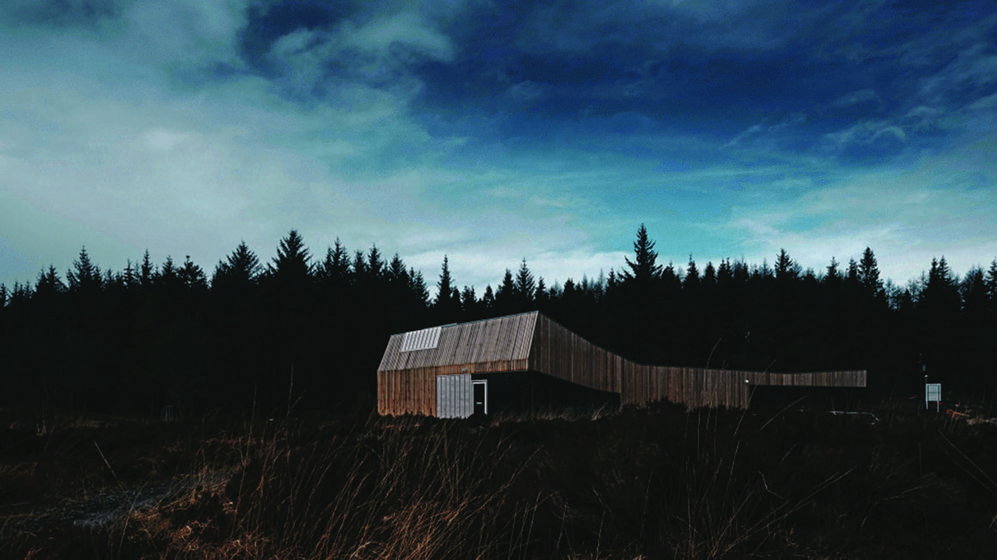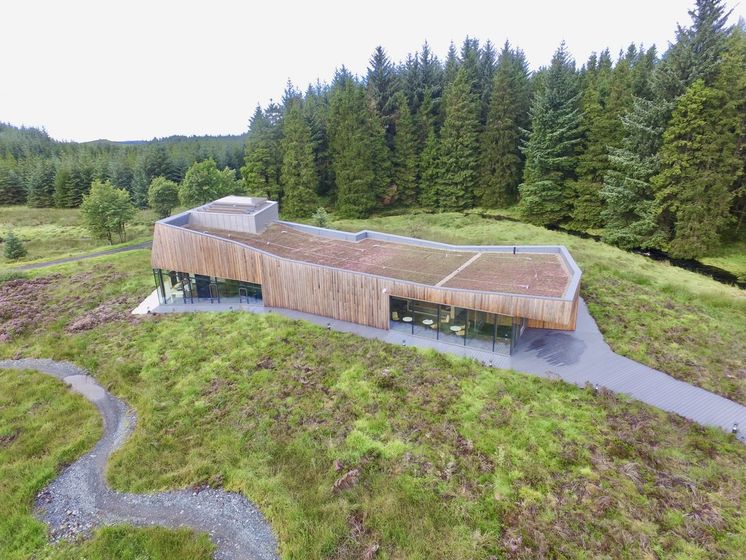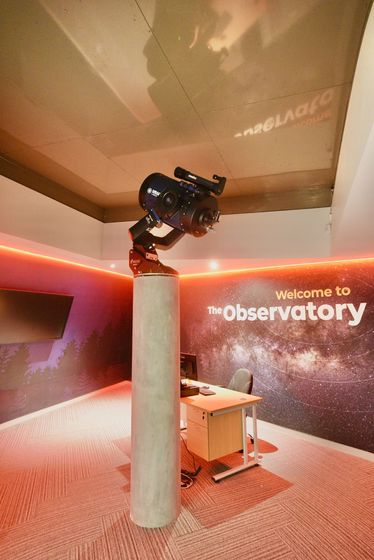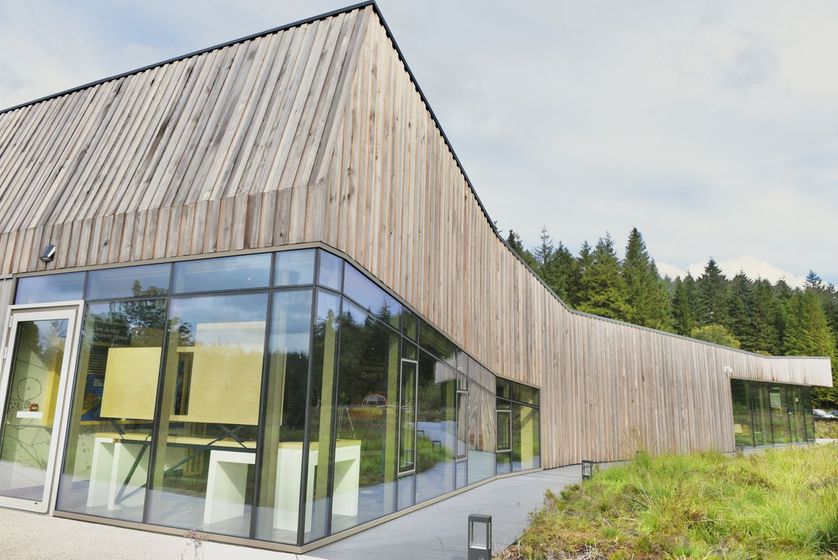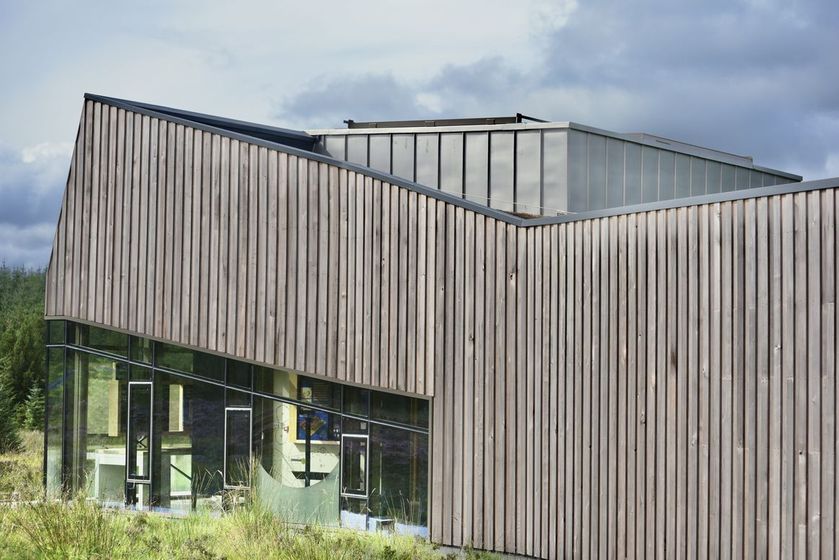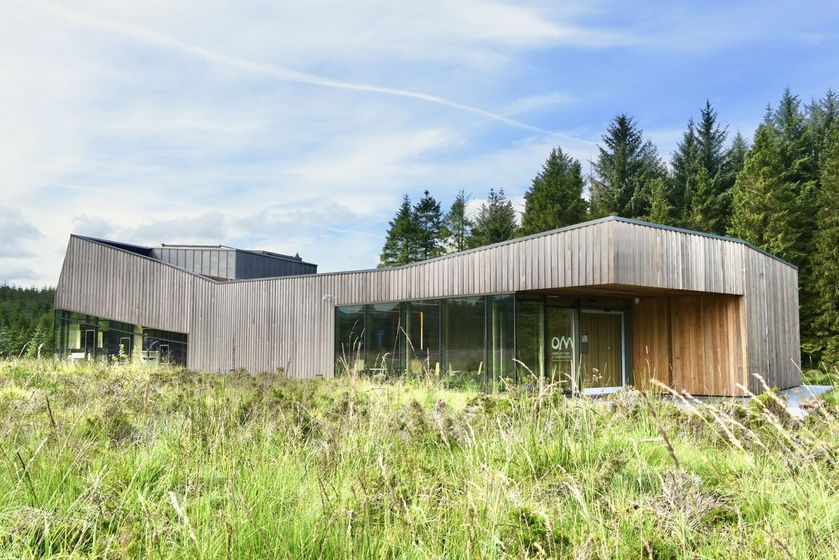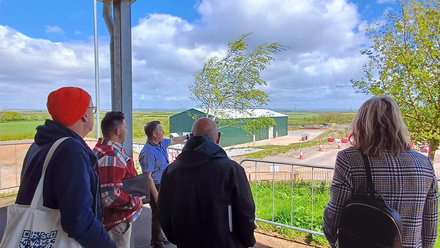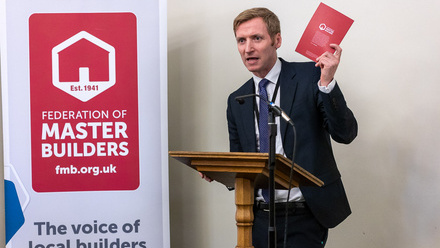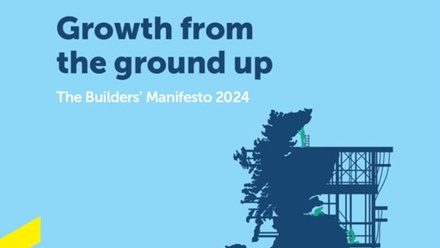In an area of outstanding natural beauty and environmental sensitivity in Northern Ireland, FMB member company Lowry Building and Civil Engineering took on multiple challenges to build the Dark Sky Park and Observatory.
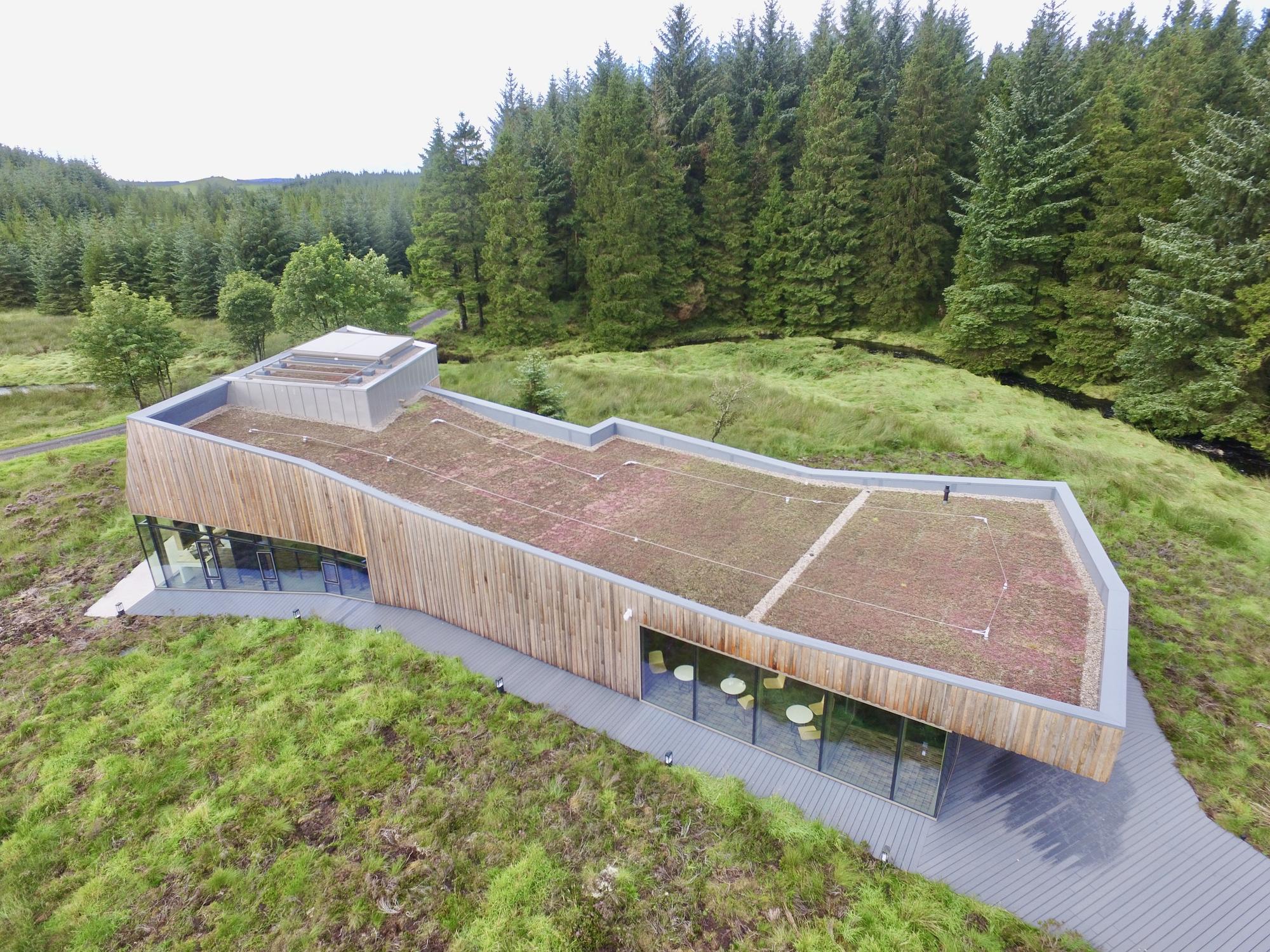
Situated in Davagh Forest at the feet of the Sperrin mountains to the north-west of Cookstown, County Tyrone, sits the new Dark Sky Park and Observatory – the first of its kind in Northern Ireland. The observatory uses impressive technology such as holographic installations, virtual reality headsets and interactive interpretation panels. However, the centrepiece of the whole structure is the telescope, which is aimed at the dark night sky through a retractable roof to provide visitors with the opportunity to gaze at the stars in an area free from light pollution.
“The new Dark Sky Observatory will give visitors a unique opportunity to experience the night sky as it is rarely viewed – and as it would have been seen centuries ago by our ancestors,” says Jemma Lowry, Business Development Manager at Lowry Building & Civil Engineering (LBCE). “Davagh is the only official ‘dark sky’ reserve in Ireland”, Lowry explains. She is proud of the firm’s first observatory not least because of the challenges that had to be overcome to deliver the project.
For a start, the Dark Sky Park and Observatory was built on top of a blanket bog flanked by the Owenkillen River inside a designated Area of Outstanding Natural Beauty (AONB) and environmental sensitivity. “There were a number of construction challenges due to the surrounding site and the building itself,” Lowry says. “The groundworks being the most challenging aspect because of the irregular shape of the building – there were very few straight lines. “We coordinated closely with the steel fabricators to make sure the position of the holding down bolts in the fl oors were in the exact position that would allow the steel to be erected easily.”
Lowry says the team “delivered the scheme with extreme care and in consideration of the natural environment”. This required planning and collaboration. “Our in-house Environmental Representatives worked closely with the client and design team to develop a bespoke Construction Environmental Management Plan (CEMP) over a three-month period, which was approved by the Council and Planning Department prior to commencement.”
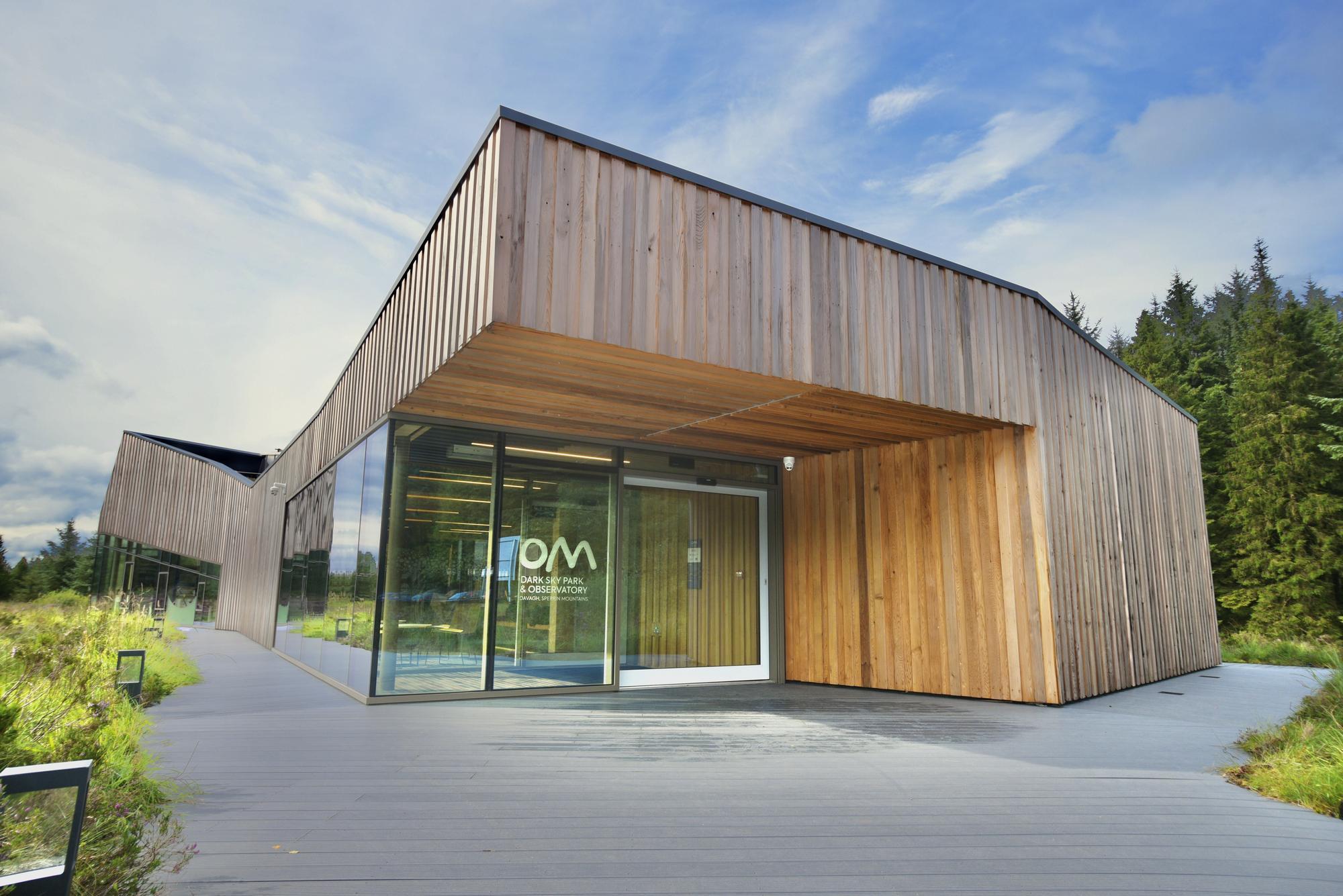
Creative solutions
The CEMP helped to maintain the integrity of the surrounding area and natural habitats during construction, but it called for creative thinking. For example, LBCE had to position the building in such a way as to eliminate cutting any deep blanket peat while enabling it to flourish, as well as retaining local and rare species, their habitats and water quality.
“Another big concern was the piling because we were building on a bog. We had to secure a platform before we could start the foundations, which meant drawing in a lot of stone to create a piling platform so we could bury the piles 9m deep. ”To avoid any disruption to the blanket bog, the team implemented a floating road rather than excavating the area to insert piles. Doing so “allowed us to drive the piles without cutting the blanket bog and releasing the carbon normally encountered with this type of work”, Lowry explains.
Other solutions from LBCE include:
- Protecting water quality by creating settlement ponds and erecting silt fencing while monitoring the water in the Owenkillen River;
- Carrying out regular audits and inspections under the leadership of in-house Environmental Representatives and a dedicated Ecologist who visited the site to ensure the existing habitats and wildlife had not been affected;
- Installing cedar timber cladding – with extra insulation properties – to fit in with the surrounds;
- Installing a rainwater harvesting system; and
- Maintaining a public route for walkers and cyclists.
The effort was awarded international Green Apple Award for environmental best practice. Lowry says the award was definitely one of the project highlights as it affirmed LBCE’s environmental eff orts on the project.
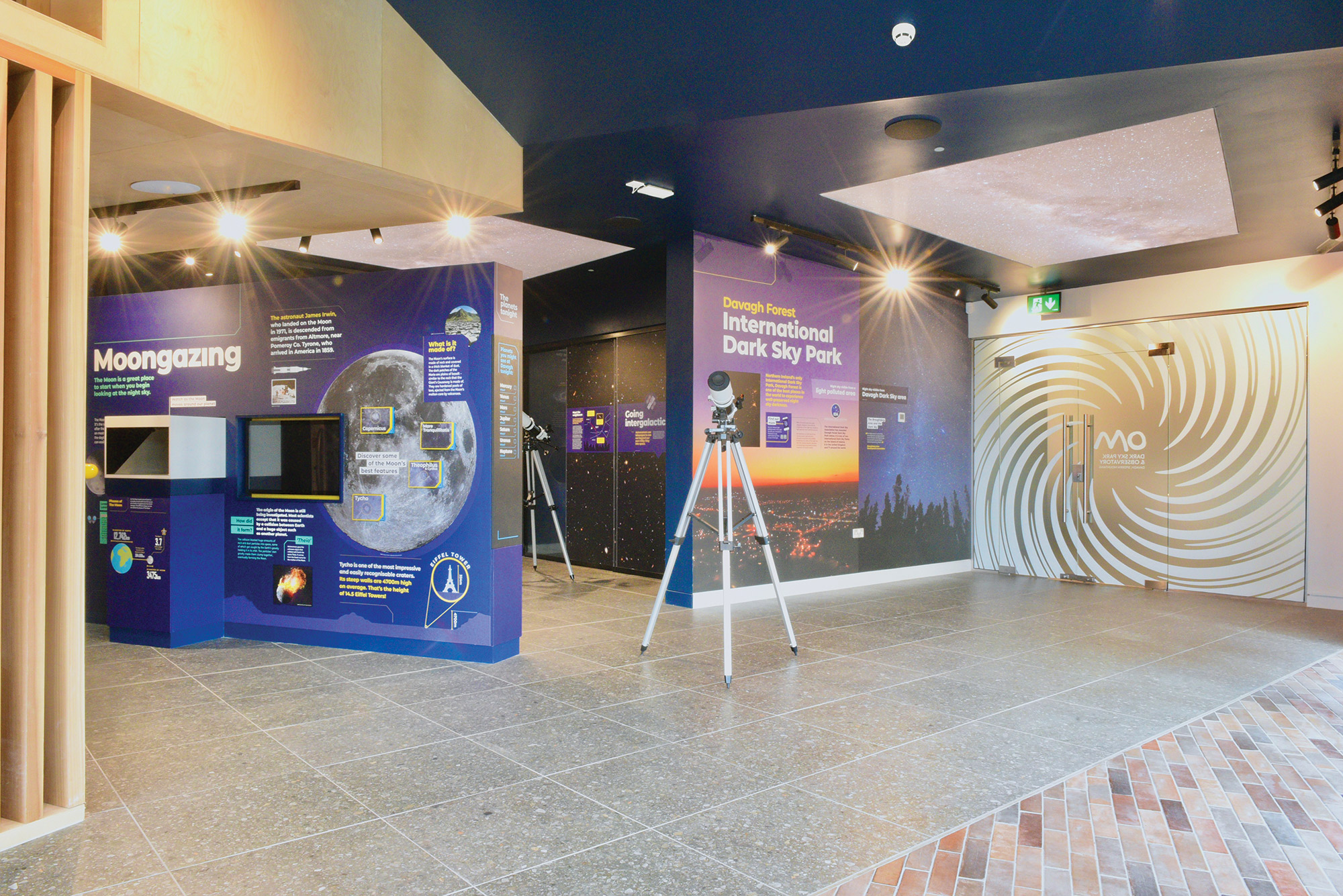
Aiming for the stars
The telescope – arguably the most important piece of kit at an observatory – required special attention. “We had to be very careful about the structure that the telescope sat on,” Lowry explains. “We installed a concrete column with heavy steel and its own separate foundation so if the building were to move, it wouldn’t affect the telescope trajectory as it was independently structurally supported.
“We had to make sure the position of the telescope was perfect so we worked closely with the team setting up the telescope to pinpoint the best viewing angles for seeing the stars and planets. We had an engineer onsite to coordinate those aspects.”Taking on a project with such complexity requires a team that has diverse skill sets and can all work together effectively and efficiently. Lowry praises the firm’s range of in-house technical managers that include civil engineers and experts in groundworks and construction.
“They were essential to the successful delivery of this complex scheme,” she says and calls the expertise of the Environmental Representatives and Ecologist “invaluable”. They all needed to find a way to create a beautiful and practical structure while developing non-intrusive methods of construction to protect the environment. It looks like they did a stellar job.
This article was original published in the December 2020 / January 2021 edition of the Master Builder magazine. Members can login to view a copy.



